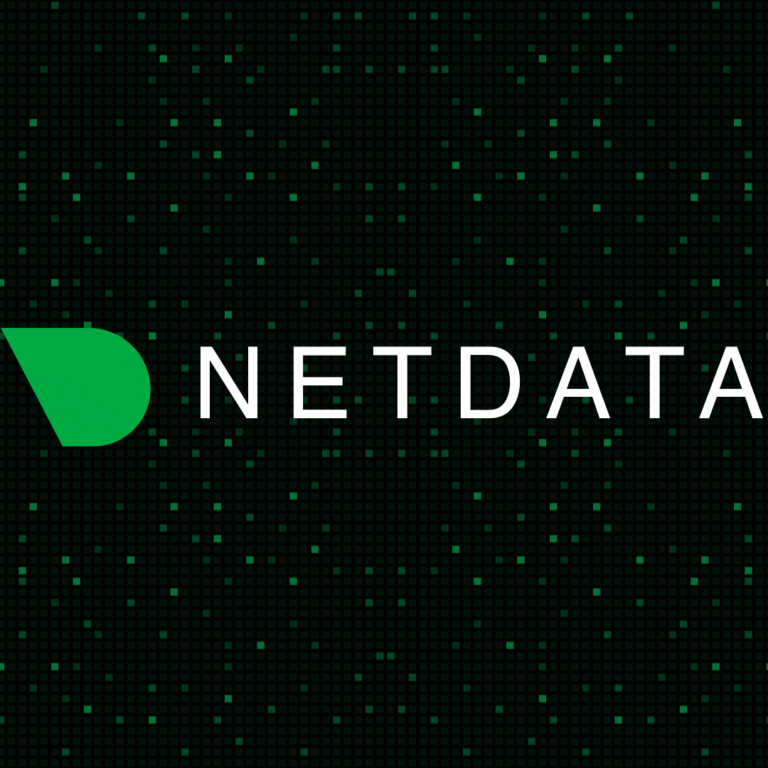Netdata: Real-Time Monitoring That Feels Instant (Because It Is)
There’s monitoring, and then there’s Netdata. Most tools show you graphs with a five-minute lag. Netdata shows you what’s happening right now — with per-second granularity, insane levels of detail, and a dashboard that loads before you finish typing the URL.
You don’t need to build a stack. No Prometheus, no Grafana, no agents across five machines just to track CPU. Netdata is one binary, one port, zero friction. It starts showing metrics the moment it launches — and it can collect from hundreds of services, databases, containers, and system internals.
If you’ve ever SSH’d into a machine just to run top, Netdata will feel like an upgrade in every direction.
What It Monitors (Out of the Box)
| Metric / Source | Example Systems Covered |
| CPU, RAM, Load | Per-core usage, interrupts, run queue, memory |
| Disk & I/O | Read/write throughput, latency, per-device stats |
| Network | Bandwidth, errors, per-interface traffic |
| Processes | Per-process CPU/mem, zombie count, run states |
| Systemd, journald | System logs, service states |
| Docker & containers | Resource use per container, image details |
| Nginx, Apache, MySQL | Built-in plugins for popular daemons |
| Redis, PostgreSQL, etc. | Metrics from databases, caches, queues |
| Hardware sensors | Temp, fan speeds, voltages (via lm-sensors) |
| Custom scripts | Bash/Python plugins, user-defined collectors |
Where It Fits
Netdata is ideal when you want visibility right now, without building a full observability stack. Perfect for:
– Small teams managing a few physical or cloud servers
– CI/CD runners where quick anomaly detection matters
– Lab environments with resource spikes or weird behaviors
– Devs who want metrics without waiting on Prometheus scrapes
– Admins who want something they can show their manager live on screen
It’s also great for spotting issues you didn’t know existed. Fan stuck at 100%? Disk latency spike? Weird swap usage? Netdata will find it — and display it before you even think to ask.
Installation (5 Minutes or Less)
1. Run the kickstart script (works on most distros):
bash <(curl -Ss https://my-netdata.io/kickstart.sh)
2. Once installed, open the dashboard:
http://your-server-ip:19999
That’s it. No extra setup required.
Need more? You can run it in containers, hook it to Netdata Cloud for central view, or export metrics to Prometheus if needed.
A Few Honest Notes
– Designed for monitoring, not alerting — but can integrate with external tools
– Uses apps.plugin to collect per-process data — keep that in mind for security
– Some charts can feel overwhelming — there’s a lot of detail
– Can be resource-heavy if you leave every collector running on a small box
– Local storage is RAM-based + disk cache — not for long-term history
– For long-term trends, pair it with external backends (Graphite, Prometheus, etc.)
Netdata won’t replace your whole observability pipeline — and that’s not the point. It gives you a zero-delay view of what’s happening on your system right now. And when things go sideways, that few seconds of head start is often all you need.






